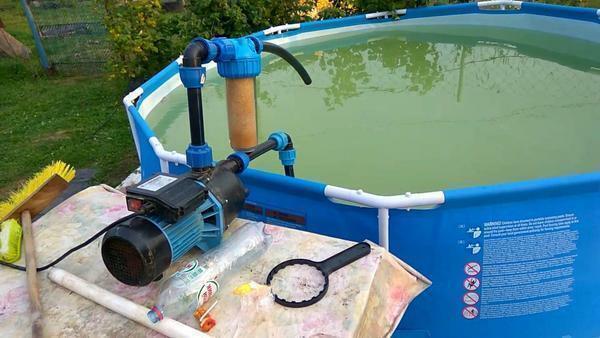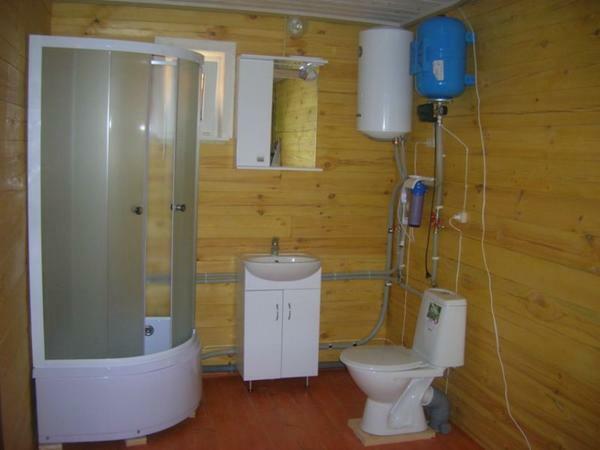Types of furnaces for the home, a tour of the past
In different countries, the history of the furnaces is different, although, in general, they all have a niche for fuel, a chimney, and more modern ones - a ash pan and a valve in the pipe. The furnaces are divided into three types: cooking, heating and cooking-heating. At first, the third type was used universally, a universal hearth - a stone oven, with a wide hearth, a spacious opening and a fairly large furnace, where cooking was performed on skewers and boilers suspended on a hook fixed in the arch. But then noticeable changes began to occur, for example, we had a famous Russian stove( also cooking and heating), though without a pipe, it was heated "in black".In the 18th century, the Swede became popular among the population of Europe, convenient because its cooking part was located in the kitchen, and the built-in heating "flap" warmed the room behind the wall. At the same time, the Europeans began to use "Dutch"( mostly for heating purposes), eventually rooted in St. Petersburg. By the way, in some places foci are used today.
With each century the furnaces were changing more and more rapidly, they were developed not by masters from the people, but by experienced engineers, some of them from noblemen, or even military ranks like General Amosov. The stove, created last and named by its name, heated the Winter Palace, creating there in the harshest frosts quite summer temperatures. Today some types of furnaces for the house are almost unsuitable due to the large dimensions( Amosov furnace) or low efficiency( usual hearth) .However, for example, stoves of a fireplace type are quite good for a summer residence or a small country house: large entrance doors, the bottom compartment has a straight chimney channel, the upper chamber has a connection with the pipe, overlapping the flap. With closed doors and a damper, you get a stove with a decent heat output, and it is necessary to open the doors and the chimney of the upper chamber, and before you there is a brick fireplace, almost not heating the room, but creating a cosiness. Another variant of a similar combination is a fireplace oven, however, here is a slightly different design, the fireplace is simply attached to the oven and can give a cosiness while heating the room, and in the presence of a cooking niche and cooking food can be carried out in parallel.
Furnaces for heating the house - it's all in the walls of the
The fireplace is able to maintain an acceptable temperature in only one room, the Russian oven is designed for a house of up to 25 square meters, of three or four rooms( respectively, one or two must be through).Why such difference? The whole thing is in the walls, more precisely, in their thickness. The thinner the furnace laying, the faster it heats up, but also cools as quickly. Accordingly, thin-walled furnaces have to be heated constantly, which is rather wasteful. Consider those options that allow you to save at least a little on fuel, to those can be ranked heat storage furnaces of the simplest design and caloriferous and convectional complex heating systems. Let's start with a simple one. Heat-storing furnaces such as Russian, Dutch and Swedish are made with the use of bricks, while the masonry can be prepared in advance for plaster, the thick layer of which allows you to keep the heat longer. Tiles and tiles are also often used for finishing.
In general, the brick perfectly copes with the accumulation of heat, but if you put tiles on top, the heat transfer will take a little longer, especially since the ribbed surfaces on the back of the tiles significantly increase the heat radiation area. In the past, for the same purpose, tiles were used - small tiles from burnt clay to clatter, very reminiscent of modern tiles. So, for example, the efficiency of a Russian stove for heating a house is 68%, which is equivalent to the full return of a modern thermal power plant operating on solid fuels."Dutch" and "Swedes" work somewhat differently, in the thickness of the case several vertical channels are connected in series, along which the heated air moves countercurrent, in other words, first upward flow, then down the next knee downward and so on.
The heating of the walls is long, followed by a prolonged heat release, if the thickness of the masonry is large enough, the heat accumulates for up to 36 hours at low fuel costs.
Furnaces of a particularly complex design, only for heating
Heating furnaces of the heater type existed for a long time, creating a heating system for the Winter Palace, General Amosov received an improved model of the air heater, but it is known that palaces were used in this way in ancient times. The design of the furnace is quite complex, it is like two shells, one of which is located inside the other. And the outer can be brick, and the inner one - metal, there are also completely metal models covered with a tile, fixed by means of special loops without the participation of solutions. The features of the air-heater consist in the almost absolute hermeticity of the furnace, as a result of which once loaded firewood during the combustion process is completely processed into an uncharacteristic gas state. To do this, there is a special afterburner in the upper part, where the gas obtained from solid fuel burns. There is no ash in such ovens as unnecessary.
With such an economical burning of firewood, the decorating interior for the fireplace can be filled very infrequently, so it will not be necessary several times a day to go out to the frost for logs. The benefit of the air heater is obvious and it seems to be beyond competition, but it still has a rival, and this fireplace, however, is of the convection type. Inside the walls of such a hearth there is a void, a chamber that encloses the entire fireplace or its upper part. There air enters through the holes located in the lower part of the chamber, after which the heated air masses rise upwards, to special air ducts, distributed in the room by uniform flows. If you provide such a fireplace with a glass door completely insulating the firebox from the environment, you can achieve an effect similar to what happens inside the heater - full and very slow burning out of firewood. True, ash pan convection fire is still needed, to the gaseous state of the fuel in it is not burned.


